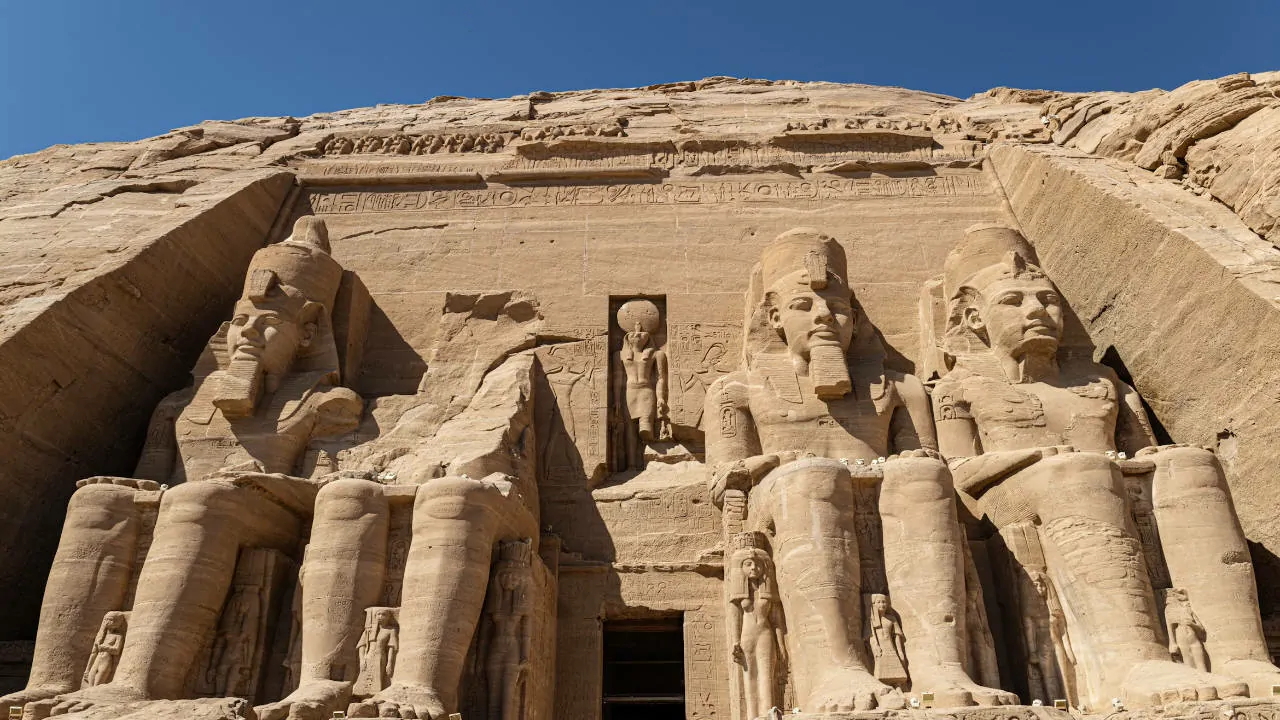When we think of ancient Egypt, iconic names like Tutankhamun or Ramses often come to mind. But one of the most fascinating rulers was a female pharaoh named Hatshepsut. She broke traditions and led Egypt with wisdom, strength, and strategy—ruling for over two decades during the 15th century BCE.
Hatshepsut wasn’t just any queen. She boldly claimed the title of pharaoh, a role almost exclusively held by men. To gain full acceptance, she had herself portrayed as a male in statues and paintings—wearing the traditional pharaoh’s beard and royal headdress. This wasn’t about denying her identity but rather reinforcing her authority in a society that wasn’t used to a woman on the throne.
Under her reign, Egypt experienced a period of peace, prosperity, and monumental building projects. One of her most famous achievements is the magnificent temple at Deir el Bahari, which still stands today as a testament to her vision and leadership.
Hatshepsut’s story is remarkable not only because she was a female pharaoh, but because she thrived in a male-dominated world by reshaping how power was perceived. Her legacy was nearly erased after her death, likely by those who wanted to restore the traditional male lineage, but modern archaeology has helped restore her place in history.
Today, Hatshepsut is celebrated as one of the most powerful and influential female rulers in the ancient world. Her story continues to inspire many about leadership, resilience, and breaking boundaries.
Souce : smithsonianmag.com
